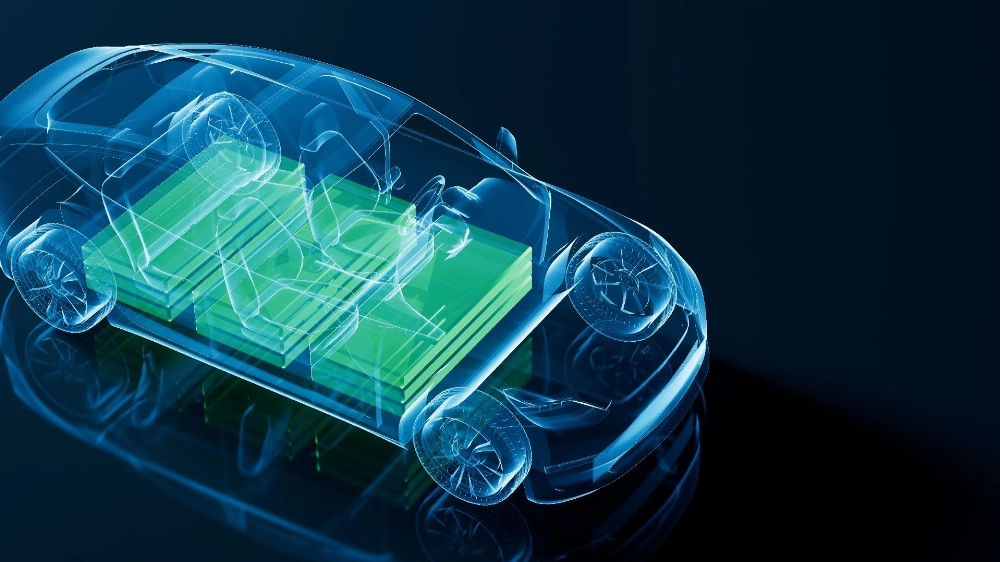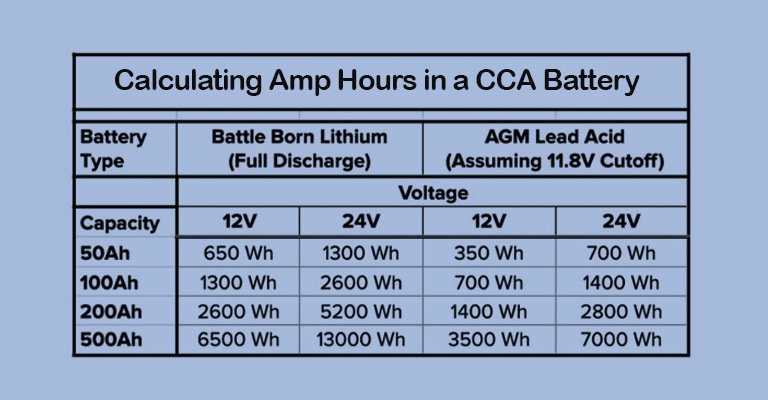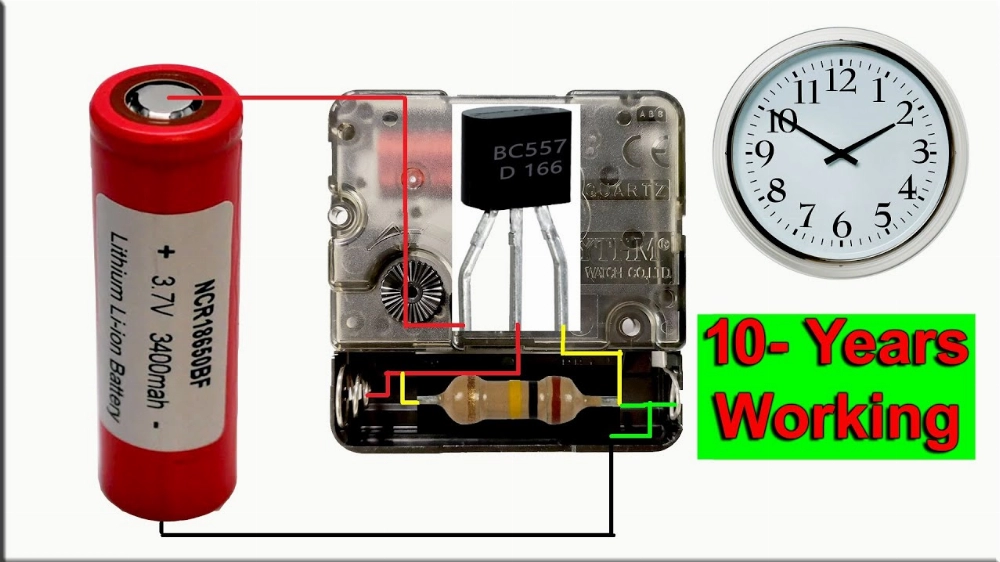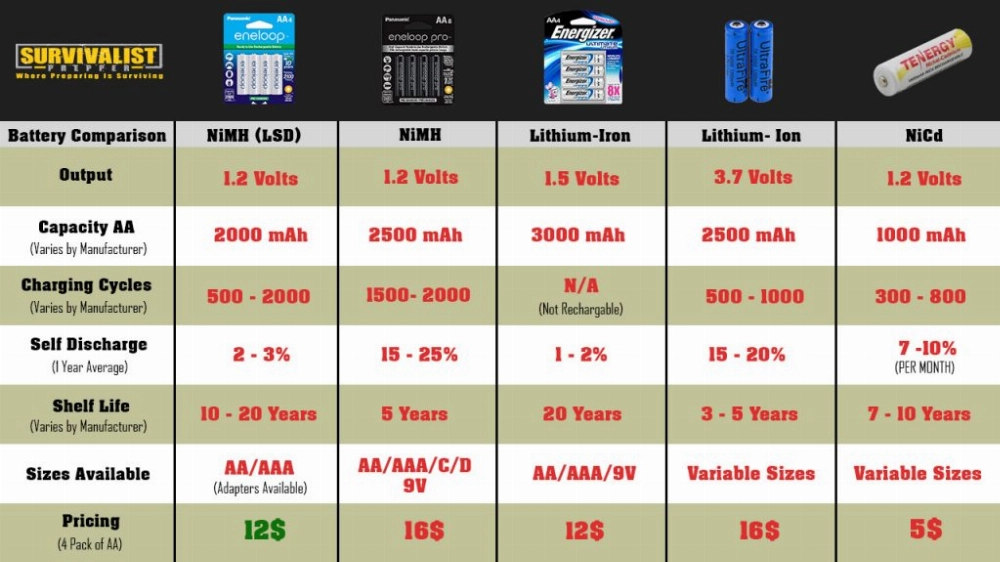Group 26 Battery Buying Guide
Choosing the right battery is essential to ensuring optimal performance for your vehicle or equipment. Among the many options available, Group 26 batteries stand out for their versatility and reliability. This comprehensive guide will cover everything you need to know about Group 26 batteries, including their dimensions, types, prices, and maintenance tips. Let’s dive in!
Part 1: Understanding Battery Group Sizes
Before diving into the specifics of Group 26 batteries, it’s important to understand what “battery group size” means. Battery group size is a standardized classification established by the Battery Council International (BCI) to categorize batteries based on their physical dimensions, terminal locations, and type. This standardization helps ensure compatibility across various vehicles and equipment. For example, a Group 26 battery is classified based on its size and terminal placement, ensuring it fits and functions correctly in compatible devices.
Part 2: What is a Group 26 Battery?
A Group 26 battery is a specific type of battery defined by its dimensions and technical specifications. These batteries are commonly used in various applications, such as cars, trucks, and other vehicles. Known for their compact size and reliable performance, Group 26 batteries are a popular choice for many vehicle owners. They are designed to provide a stable power supply, making them ideal for starting engines and supporting electrical systems in vehicles.
Part 3: Group 26 Battery Dimensions
One of the key characteristics of a Group 26 battery is its size. The typical dimensions for a Group 26 battery are approximately 8.19 inches in length, 6.81 inches in width, and 7.76 inches in height. These dimensions make it a compact and versatile option for various spaces. Always measure the battery compartment in your vehicle or equipment before purchasing to ensure a proper fit.
Part 4: Types of Group 26 Batteries
There are several types of Group 26 batteries available, each offering unique features and benefits. The most common types include:
- Lead-Acid Batteries: These traditional batteries are widely used due to their affordability and reliable performance. However, they do require regular maintenance.
- AGM (Absorbent Glass Mat) Batteries: AGM batteries are maintenance-free lead-acid batteries. They offer superior performance and a longer lifespan compared to traditional lead-acid batteries.
- Lithium-Ion Batteries: Lithium-ion batteries are known for their high energy density, lightweight design, and longer lifespan. While they come at a higher price point, they offer top-notch performance and minimal maintenance needs.
When choosing the best type of Group 26 battery for your needs, consider your specific requirements and budget. For example, AGM batteries are a good choice for those seeking a maintenance-free solution, while lithium-ion batteries may be the best option for those looking for advanced technology and superior performance. For more information on choosing the right battery, check out our Alkaline vs Carbon Zinc vs Lithium Batteries Guide.
Part 5: Group 26 Battery Prices
The cost of a Group 26 battery can vary depending on its type and brand. Standard lead-acid Group 26 batteries typically range in price from $50 to $150. AGM batteries tend to be more expensive due to their maintenance-free design and longer lifespan, usually ranging from $100 to $200. Lithium-ion batteries are the premium option and can often cost between $200 and $400 or more. Consider both the initial cost and the battery’s long-term value and performance.
Part 6: Which Group 26 Battery is Right for You?
The best Group 26 battery depends on several factors, including your specific needs, budget, and intended use. Here’s a quick comparison to help you make a more informed choice:
- Lead-Acid Batteries: Best for those on a budget who need a reliable battery for basic applications.
- AGM Batteries: Ideal for those looking for a low-maintenance battery that offers a longer lifespan and better performance than standard lead-acid batteries.
- Lithium-Ion Batteries: The top choice for those willing to invest in the latest technology for superior performance and minimal maintenance, suitable for high-end vehicles or demanding applications like heavy-duty equipment.
Choosing the right Group 26 battery ensures long-lasting performance and reliability, so carefully evaluate your needs and budget before purchasing.
Part 6: Types of Group 26 Batteries
When selecting a Group 26 battery, it’s important to consider the type that best suits your needs. Here are the three main types of Group 26 batteries, each with its own characteristics:
Lead-Acid Batteries
Lead-acid batteries are the most affordable and commonly used type for Group 26 applications. Lead-acid batteries require regular maintenance but are reliable and cost-effective. If you’re on a budget and don’t mind occasional maintenance, a lead-acid battery may be the right choice.
AGM Batteries
Absorbent Glass Mat (AGM) batteries offer a maintenance-free solution, providing better performance and a longer lifespan compared to lead-acid batteries. While slightly more expensive, AGM batteries are worth the investment for users seeking greater reliability and less frequent maintenance.
Lithium-Ion Batteries
For those seeking optimal performance, longest lifespan, and minimal maintenance, lithium-ion batteries are the top choice. Lithium-ion batteries are ideal for users prioritizing exceptional performance, extended lifespan, and minimal maintenance. Although they are the most expensive option, they offer superior advantages, making them ideal for individuals who prioritize performance and longevity.
Choosing the best Group 26 battery for you requires weighing cost versus performance based on your specific needs.
Part 7: Where to Buy Group 26 Batteries
Group 26 batteries are widely available at competitive prices from a variety of sources. Here are some common places where you can purchase them:
Auto Parts Stores
Local auto parts stores like AutoZone, O’Reilly Auto Parts, and Advance Auto Parts often carry Group 26 batteries. These stores typically have knowledgeable staff who can assist you in selecting the right battery for your vehicle.
Online Retailers
Online platforms such as Amazon, eBay, and Battery Mart offer a wide selection of Group 26 batteries, providing the convenience of shopping from home. Online shopping makes it easy to compare options, prices, and reviews.
Big Box Stores
Large retailers like Walmart, Costco, and Sam’s Club also frequently stock automotive batteries, including Group 26 batteries, at competitive prices. These stores may also offer exclusive deals and promotions.
Specialty Battery Stores
Specialty battery stores like Batteries Plus Bulbs offer expert advice and a wide selection of Group 26 batteries. These specialized stores can provide personalized recommendations to help you find the perfect battery.
When purchasing a Group 26 battery, be sure to compare prices, read customer reviews, and consider warranty terms to ensure you’re getting the best value for your money.
Part 8: Group 26 Battery Maintenance
Proper maintenance is essential for prolonging the lifespan of your Group 26 battery. Follow these simple tips to keep your battery in optimal condition:
Regularly Inspect Battery Terminals
Ensure that the battery terminals are clean and free from corrosion. Use a mixture of baking soda and water to remove buildup and ensure a secure connection.
Keep the Battery Charged
Avoid letting the battery fully discharge. Regularly check the voltage and charge it as needed to maintain optimal performance.
Store Properly
If you’re not using the battery for an extended period, store it in a cool, dry place. Avoid exposing the battery to extreme temperatures, as this can affect its lifespan.
Check for Damage
Periodically inspect the battery for any signs of damage or leaks. Replace the battery if you notice issues such as cracks or fluid leakage.
Follow Manufacturer’s Guidelines
Always adhere to the manufacturer’s instructions regarding battery maintenance and usage. This ensures that your battery continues to operate efficiently.
By following these maintenance practices, you can ensure that your Group 26 battery remains reliable and performs well for a long time.
Part 9: Conclusion
Understanding the characteristics and capabilities of Group 26 batteries helps you make a more informed decision when selecting a battery. From the different types and sizes to pricing and maintenance tips, we’ve covered everything you need to know.
Whether you need an affordable lead-acid battery or a high-performance lithium-ion battery, there’s a Group 26 battery to meet your needs. Be sure to carefully compare your options, keep your specific requirements in mind, and follow proper maintenance practices to maximize the lifespan and reliability of your battery.
Keywords:
Battery Types, Group 26, AGM Battery, Lithium-Ion, Battery Maintenance
KHZH Jump Starter: A Quick and Reliable Solution for Jump-Starting Dead Car Batteries
The KHZH jump starter offers a quick and reliable way to jump-start dead car batteries. Here’s a comparison of its advantages over traditional lead-acid models.
How to Safely Clean Leaking Battery Terminals: A Step-by-Step Guide
This step-by-step guide outlines the risks, safety precautions, and proper techniques for cleaning leaking battery terminals.
Portable Battery Charger vs. Power Bank: Understanding the Differences
Portable battery chargers are devices that allow you to charge electronic devices on the go. A power bank, on the other hand, stores electrical energy for charging devices when a power source is unavailable.
The Ultimate Guide to Using a Lithium-Ion Jump Starter
Lithium-ion jump starters are essential for automotive emergencies. This comprehensive guide will walk you through how to use it, key safety tips, maintenance practices, and why it’s a smart investment.








